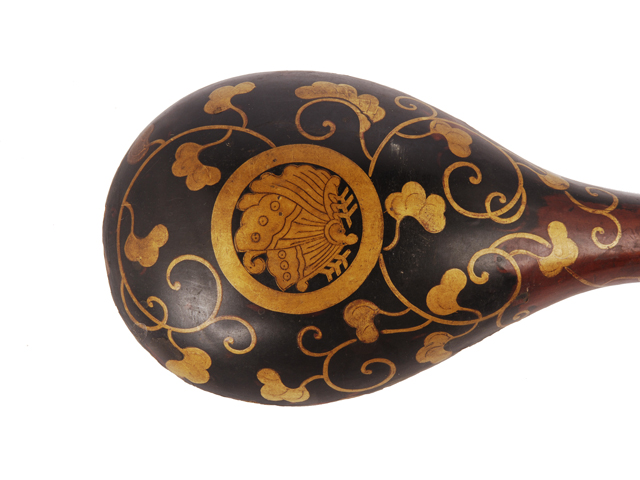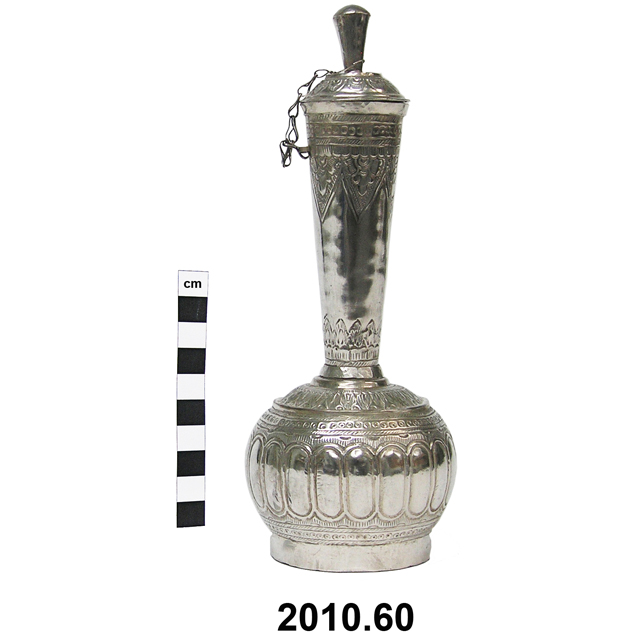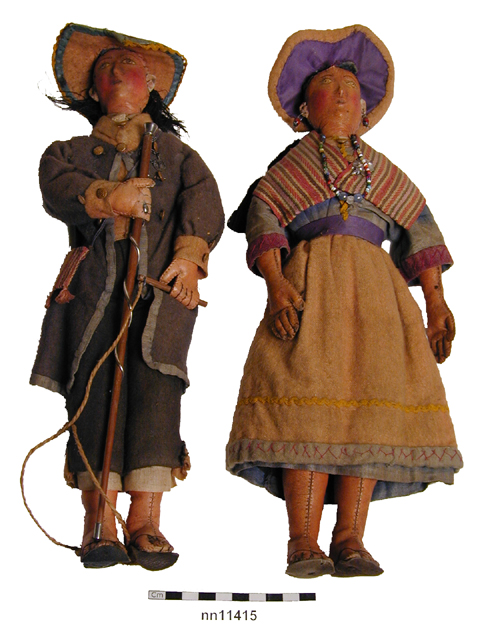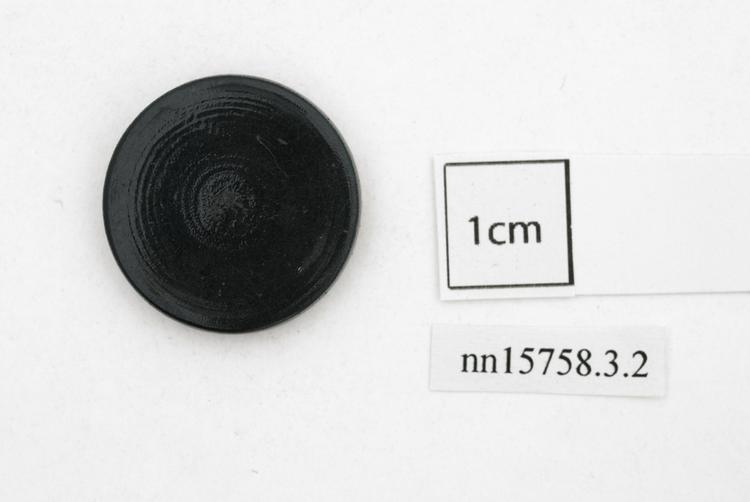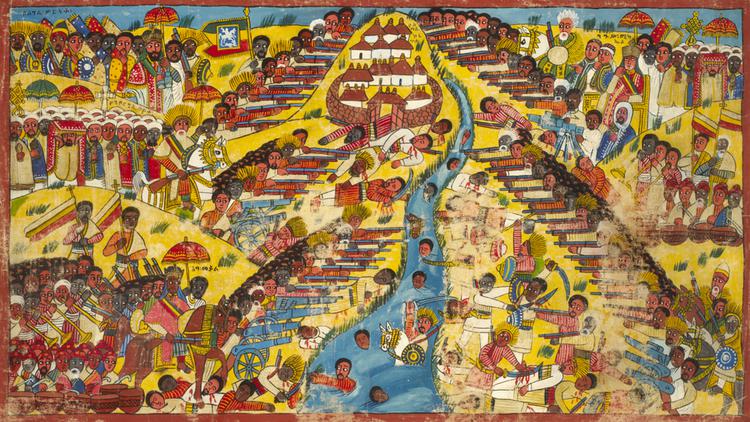
Painting on cotton depicting the Battle of Sägäle fought in 1916. The top left shows Ras Tafari Makkonnen beneath a red umbrella, surrounded by his armies. Below him are a group of priests in white turbans, some holding processional crosses and embroidered church umbrellas. One priest carries the tabot of Saint George, one of the most holy objects of the Ethiopian Orthodox Church. The tabot (from St George's Cathedral, Addis Ababa) was taken into battle to ensure God’s protection and victory. Below are a group of musicians with drums and trumpets. In the centre is the town of Sagale, surrounded by scenes of heavy fighting. To the right is the seated figure of King Mikael, his eyes cast heavenward as if praying for help. Next to him is a group of priests with crosses and church umbrellas. One carries a tabot on his head concealed beneath ornate cloth. At the centre right is a group of musicians with large drums and trumpets. The painting interestingly depicts some very traditional aspects of Ethiopian warfare: curved swords ('shotel') and shields, as well as cannons and mounted machine guns.
The painting depicts the Battle of Sägäle, fought in 1916 about 40 miles north of Addis Ababa and considered to have been one of the bloodiest battles in recent Ethiopian history. At the death of one of Ethiopia's greatest emperors, Menelik in 1913, his grandson Lij Iyasu, who had been appointed heir in 1909, became Negus. Lij Iyasu showed no regard for affairs of state and openly rejected the Christian faith and the Ethiopian Church. His conversion to Islam led him to claim lineage from the prophet Mohammed, denying his descent from the ancient line of Solomonic Kings, an absolute for Ethiopian emperors. It was his allegiance with Seyyid Muhammed Abdulla of Somalia which caused most concern amongst the Ethiopian nobility. Seyyid was fiercely anti-Ethiopian and anti-European and, with the First World War looming, it was feared that Iyasu’s continued allegiance with Somalia would plunge Ethiopia into war with the allied forces and into a holy war resulting in the massacre of Christian Ethiopians. As Lij Iyasu began to amass a large Muslim army at Djedjaja in preparation for his campaign, the Rasses and nobles marched on the royal palace and pleaded with the Abuna to release them from their oath of allegiance to Iyasu, accusing him of apostasy. On 27 September 1916 Abuna Matthew excommunicated Iyasu and declared Zauditu Empress, Menelik’s daughter, with Ras Tafari Makonnen as regent and heir. Iyasu fled to the Ogden dessert, whilst his father Negus Mikael, rejecting his son's dethronement as unjust, agitated the Empress and her supporters into preparing for battle. The two opposing sides met early on 26 September 1916, the battle ending by noon with defeat for Negus Mikael and the capture of his entire camp.



